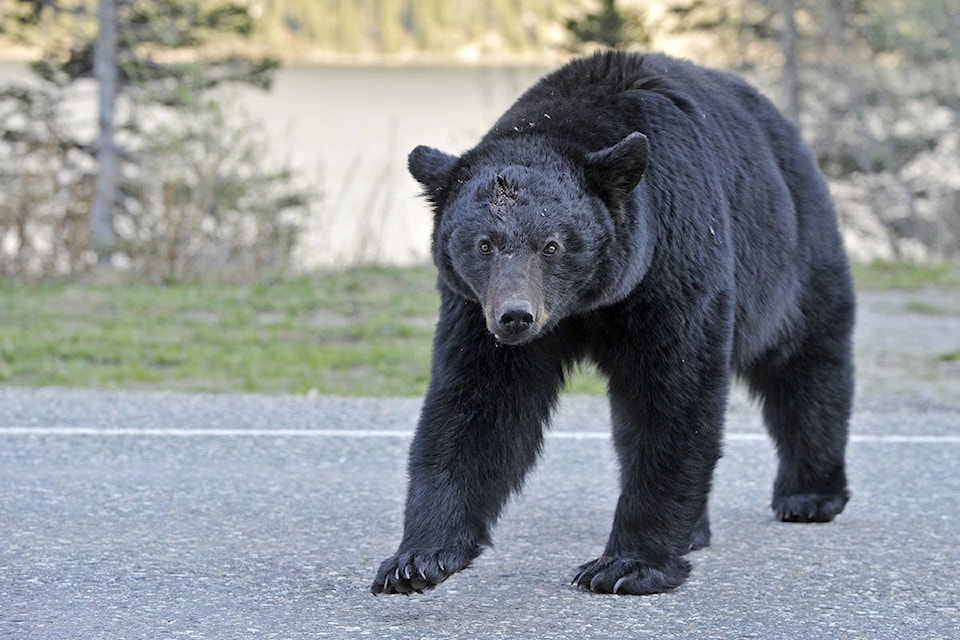The Yukon continues to be on pace to blow past the record for the number of bears killed in a season.
Eight bears were killed since Saturday, two on August 2 alone, bringing the year’s total to an estimated 48, said conservation officer Ken Knutson.
The territory’s record for a single year is 61.
On August 2 officers shot two black bears, one in Dawson and one near Mayo.
Officers shot the Mayo bear at a mining camp north of the community.
“That one there had actually damaged, as I understand it, four vehicles, trying to break into them,” he said. The bear also broke into a shed on the property.
“It was definitely one that was considered a danger to public safety.”
Knutson didn’t have specifics about the bear killed by COs in Dawson that day. But he said the community is one of the Yukon’s “hot spots” right now for bear activity along with Mayo and Faro.
“They’ve been going flat out in Dawson, probably our busiest district,” he said.
A spokesperson for Environment Yukon said 13 bears have been killed in Dawson this year, 11 by conservation officers.
As the number of bears killed in the Yukon continues to climb, Knutson continues to repeat what has become a common refrain for conservation officers this season: humans need to keep attractants away from wild animals.
“(Killing bears) is a horrible thing to do, because I know a lot of times it’s preventable,” he said.
“If measures had been put in place by the public ahead of time, a lot of these bears would probably still be alive.”
Conservation officers across the territory have kept busy at all hours of the night responding to calls about bears.
“This sometimes goes on until midnight. It becomes a point where you’re never really relaxed,” Knutson said. “That’s a bit fatiguing for sure.”
Conservation officers hate the idea of having to kill an animal, and will only make that choice if the bear is considered a high risk to humans, he said.
That risk goes up whenever a bear is used to getting food from humans.
“We give each one consideration, we just know that some bears that have already gotten into human food sources, such as garbage, such as poultry, those bears tend to be the ones that reoffend.”
Conservation officers have also spent much of the summer trapping and moving bears to try and keep both the bears and humans safe.
Bears can be moved between 100 and 150 kilometres away and will still often find their way back to a source of easily-accessable food.
“(They) get such a big energy kick out of it, they key in on that and will keep going back to those sites to see if they can get food there.”
Bears that are moved “almost always end up back in trouble,” he said.
Knutson said he’d like the community to get more involved in keeping the bears safe.
“Everyone thinking about ‘what could be an attractant in my yard, how can I manage it so a bear can’t get it.’”
Contact Ashley Joannou at ashleyj@yukon-news.com
